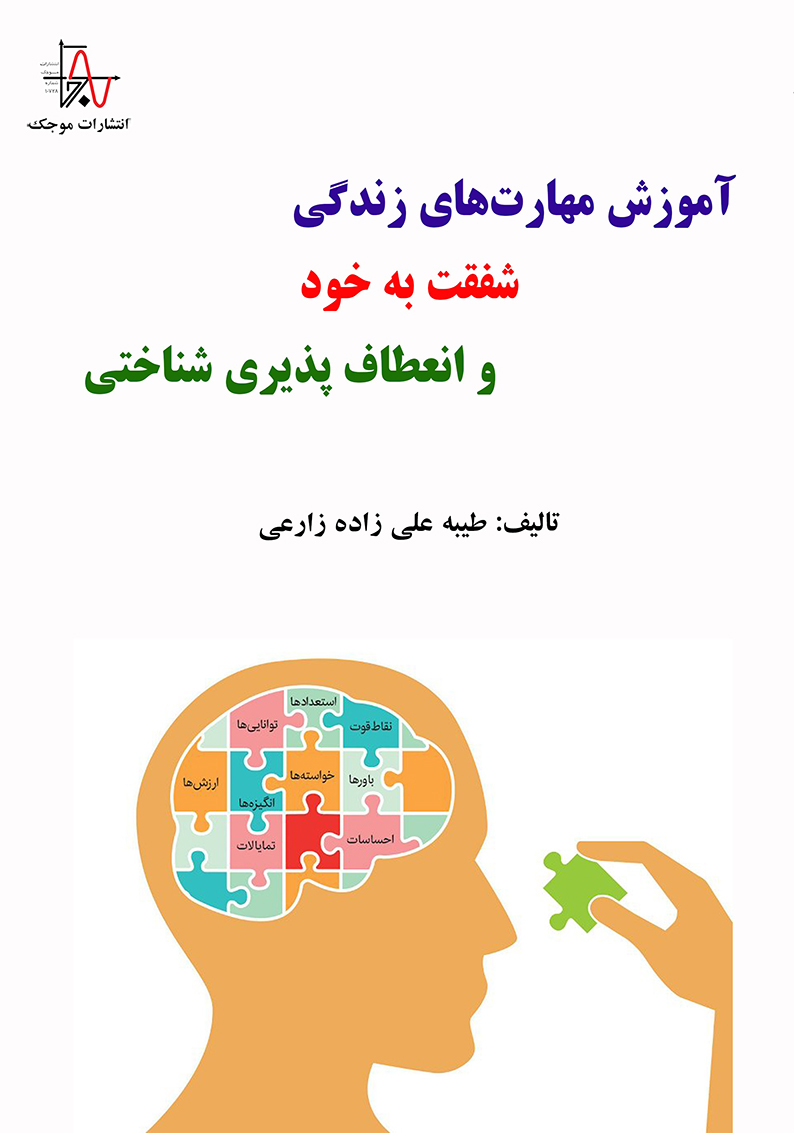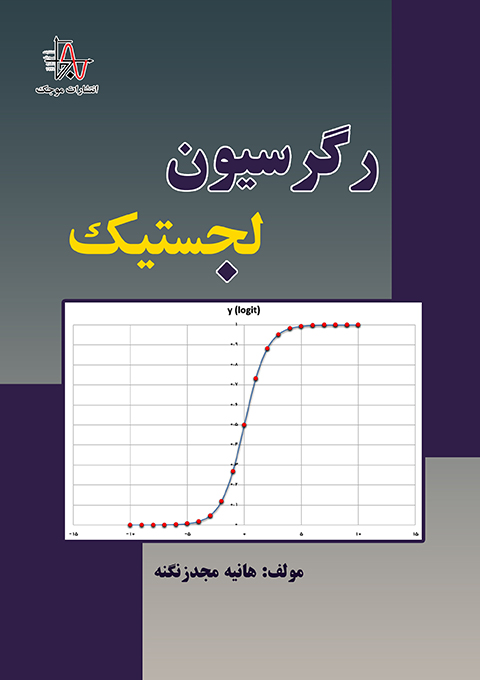ناشر : انتشارات موجک
کد کتاب : M782
عنوان : آموزش مهارتهای زندگی، شفقت به خود و انعطاف پذیری شناختی
تالیف : طیبه علی زاده زارعی
مشخصات ظاهری : ۱۰۱ صفحه، قطع وزیری
چاپ اول : بهار ۱۴۰۱، تيراژ : ۵۰۰ جلد
قيمت : ۱۸۳۰۰۰۰ ريال، شابک : ۵-۴۵۴-۹۹۴-۶۰۰-۹۷۸
حقوق چاپ و نشر برای ناشر محفوظ است.
————————————————————————————————————————————————————————————————————————–






نقد و بررسیها
هیچ دیدگاهی برای این محصول نوشته نشده است.